Signs of dengue fever: What symptoms to watch out for?
 Posted On
Posted On
Contents
- Introduction
- Dengue virus structure
- Dengue mosquitoes look like
- Dengue mosquito bite mark
- 7 warning signs of dengue fever infection
- 1. Sudden high-grade fever
- 2. Skin erythema
- 3. Intense body pain
- 4. Gastrointestinal disturbance
- 5. Dengue hemorrhagic fever (DHF)
- 6. Dengue shock syndrome (DSS)
- 7. Organ dysfunction
- Dengue symptoms in kids or younger children
- Signs of dengue recovery
- Severe dengue criteria
- Diagnosis: Dengue test name
- 1. RT-PCR method
- 2. NS1 dengue test
- 3. ELISA method
- Dengue treatment food at home
- Takeaway
Introduction
Dengue infections are always vulnerable in the monsoon season (August to October), especially in India. This is a peak period (dengue season) and a conducive environment for mosquitoes to spread the infection among people. Currently, we are observing many dengue cases around us. So, Today I will address crucial warning signs of dengue fever.
Whenever you have a fever during the dengue season, you get confused about whether it is malaria fever, chikungunya, or dengue fever.
Initially, dengue symptoms may confuse with other viral illnesses. But dengue fever clinically differentiates from other viral diseases after a certain period.
The clinical signs of dengue fever also determine the severity of the infection.
In India, dengue infection is a widespread problem during monsoon season. But, you will be shocked to know that half of the world’s population is now at risk of dengue infection.
Since the 1960s, dengue has become a global problem.
According to CDC (Centers for disease control & prevention), approximately 40 crore people live in dengue-risk areas throughout the world like the Americas, Africa, Australia, Pacific Islands (like New Zealand) and other Asia countries.
Every year, around 390 million people get infected by dengue fever worldwide. Approximately 36,000 people of them die each year.
In this article, you will learn-
- about dengue shock syndrome
- dengue symptoms in kids and adults.
- post dengue symptoms after recovering from dengue
- dengue treatment food and protocol
Moreover, I will take you through 7 crucial warning signs of dengue fever. So, keep reading this article.
Dengue virus structure
Dengue fever is caused by female Aedes aegypti mosquitoes. Aedes aegypti is a scientific name for dengue mosquito, and this mosquito belongs to the Flaviviridae family.
It is a vector-borne viral disease.
The dengue virus (DENV) generally has a spherical shape structure. A Dengue virus contains single-stranded RNA (or ssRNA) in its center that is covered by capsid protein C.
This dengue viral genome and capsid protein C are packed with a membrane of M protein.
The outer structure of dengue virus covers with E Dimer protein.
The entire structure of dengue virus contains –
viral genome (ssRNA) + capsid protein C + membrane protein M + E Dimer envelop

Dengue mosquitoes look like
A Dengue mosquito looks like a lyre (U-shaped stringed musical instrument). You can identify the dengue mosquito by its external appearance –
- dark color body
- black and white marking around its legs
- silver-white pattern scales on the entire body of the dengue mosquito
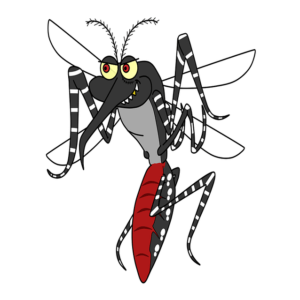
Dengue mosquito bite mark
Dengue mosquitoes usually bite on the ankle, neck and elbow.
If you get a dengue bite, you may have observed a dengue mosquito bite mark that looks like red pinpoint spots on your skin.
Occasionally, you may also experience a small raised bump around the red pinpoint. This type of dengue bite mark describes “islands of white in a sea of red.”
After the dengue bite, your skin becomes suddenly reddish and itchy on the affected area of your skin.
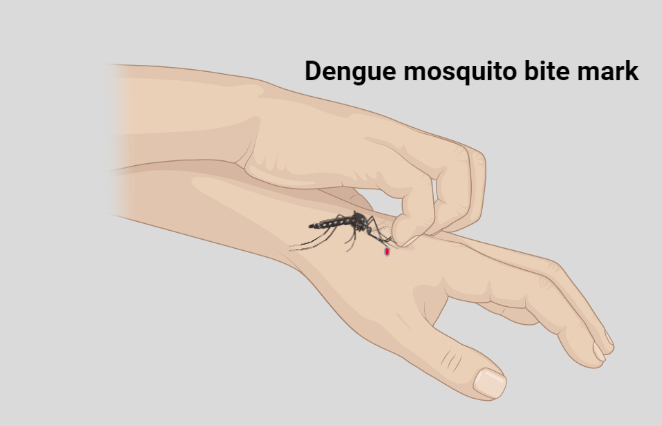
7 warning signs of dengue fever infection
The signs and symptoms of dengue can vary from asymptomatic to a life-threatening condition. Your dengue signs and symptoms may be mild or severe.
Initially, you may have mild symptoms of dengue. It usually occurs in the febrile phase. Later on, the severity of dengue can increase in the critical phase.
You may observe different clinical findings during febrile and critical phases –
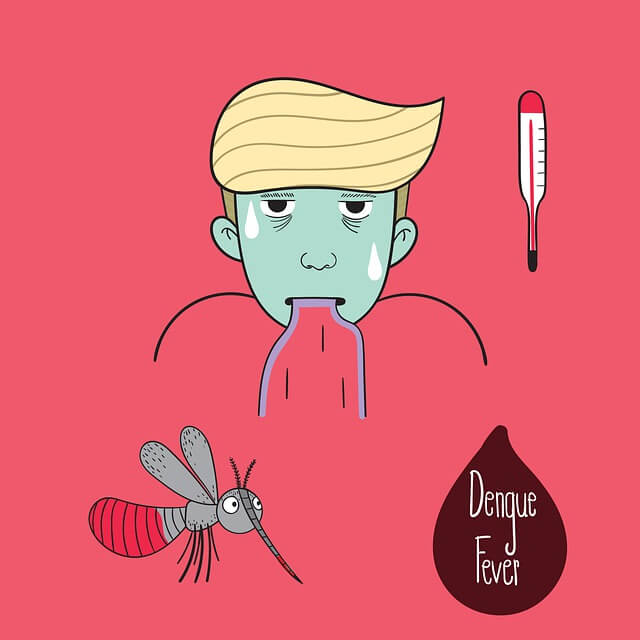
1. Sudden high-grade fever
Your dengue fever temperature pattern may fluctuate as per the severity of the dengue phases.
The first sign of dengue infection is high-grade fever. This is an early warning sign of the febrile phase of dengue.
You may have a sudden onset fever of up to 104 to 106 °F. During fever, you may feel severe shivering. It usually occurs from 2 to 7 days.
In critical phase (1 to 2 days) of dengue infection, your fever starts to resolve is called defervescence. During this condition, you may get plasma leakage that leads to life-threatening.
After the critical phase, your body starts to improve and recover. In this recovery phase, you do not have a fever and start feeling a good appetite.
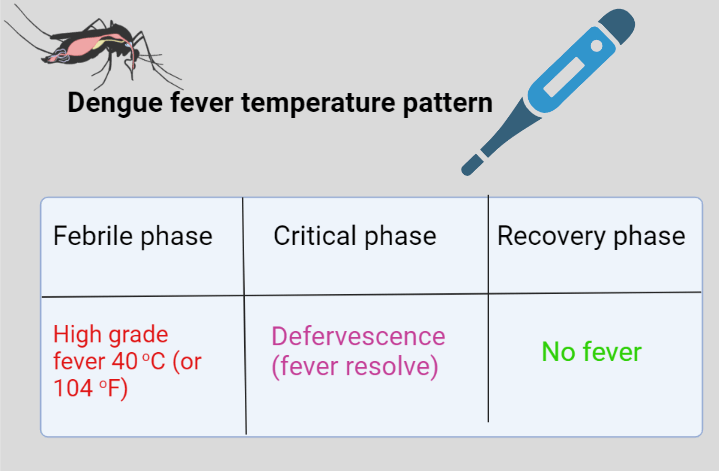
2. Skin erythema
Skin erythema is a crucial characteristic clinical finding of the febrile dengue phase. It is also called maculopapular rash.
You will observe flat red patches and small raised bumps during this skin rash.
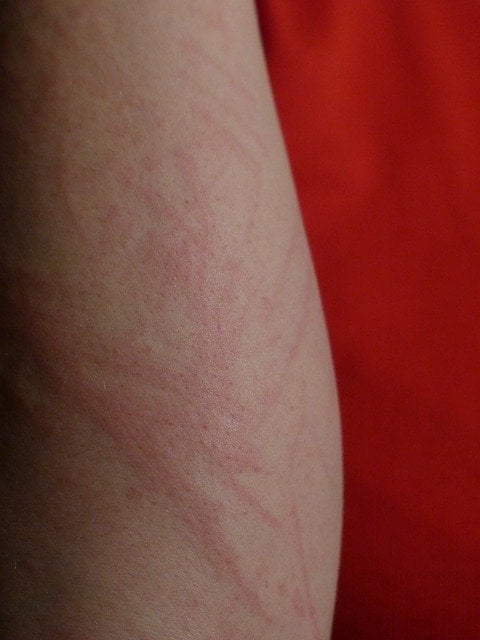
3. Intense body pain
Intense body pain is another symptom of dengue in the febrile phase. You may experience extreme body pain with high-grade fever. Due to this severe pain, dengue fever is called “break-bone fever.”
You may have the following symptoms –
- severe headache
- retro-orbital pain (eye pain)
- myalgia (muscle pain)
- arthralgia (joint pain)
- lymphadenopathy (swollen lymph nodes)
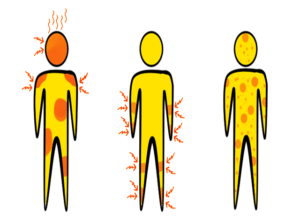
4. Gastrointestinal disturbance
Your dengue fever symptoms may also associate with gastrointestinal disturbance.
A study published in the journal of Gastroenterologia Hepatologia 2011 determined the frequency of abdominal and gastrointestinal symptoms of dengue in the febrile phase like –
- Nausea (52%)
- Abdominal pain (36%)
- Vomiting (29%)
- Diarrhea (17%)
- Anorexia
These symptoms become more frequent if you are hospitalised or in a critical phase.
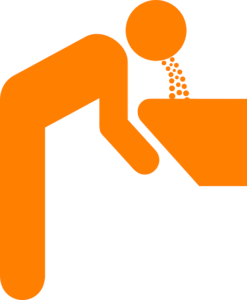
5. Dengue hemorrhagic fever (DHF)
Thrombocytopenia (or decreased platelet counts) are common laboratory findings in dengue infection.
The primary function of platelets is the formation of clots and helps to prevent bleeding.
When the dengue virus introduces into your body, it binds to platelets and destroys or reduces platelet count. As a result, it causes increased vascular leakage or bleeding.

If you develop severe dengue infection, you may have bleeding that indicates a low platelet count.
During this critical dengue phase, you may have developed some important hemorrhagic manifestations like –
- Epistaxis (bleeding from the nose)
- Gingival bleeding (gum bleeding)
- Hematochezia (blood cells in stool)
- Melena (black stool due to gastrointestinal bleeding)
- Hematuria (Blood in urine)
- Hematemesis (vomiting of blood)
- Menorrhagia (heavy menstrual period)
In these conditions, you will notice a platelet count of fewer than 100,000 mm3 (thrombocytopenia) and an increased hematocrit level (greater than 20%) in your CBC laboratory report.
These hemorrhagic conditions are associated with fever, called “dengue hemorrhagic fever (DHF).” It is a serious medical emergency.
6. Dengue shock syndrome (DSS)
This symptom is associated with high mortality. The mortality rate in DSS can be more than 10%.
The DHF symptoms may progress to massive bleeding and severely decreased blood pressure (hypotension). This condition may result in hypovolemic shock.
This severe form of dengue infection is also called “dengue shock syndrome (DSS).”
If it is not treated, then it can rapidly progress to death.
7. Organ dysfunction
The most lethal forms – dengue hemorrhagic fever (DHF) and dengue shock syndrome (DSS), may lead to multi-organ dysfunction.
Almost all organs may develop haemorrhage (leakage of blood from vessels) and edema (fluid deposition in tissue) during severe dengue infection.
In the critical stage, your organ starts to destroy or be damaged by increased vascular leakage, higher hematocrit level (PCV), and vasodilation-like –
- Liver – Increased AST, Increased ALT, hepatomegaly, liver failure
- Lungs – Pleural effusions (excess fluid in lungs)
- Abdomen – Ascites (too much fluid in the abdomen)
- Kidney – Acute tubular necrosis and kidney failure
- Heart – Pericardial effusion (too much fluid builds up in the space around the heart).
- Spleen – Splenomegaly (enlargement of the spleen)
- CNS – Encephalitis (inflammation of the brain), myelitis (inflammation of the spinal cord), and meningitis (inflammation of the meninges)
Dengue symptoms in kids or younger children
The symptoms of dengue in kids are generally similar to common signs of dengue infections in adults.
Sometimes, it is difficult to recognise the symptoms of dengue in infants.
The symptoms are generally mild when your child has dengue fever for the first time. The mild warning signs of dengue fever may gradually progress to severe dengue (critical stage).
You will notice high-grade fever (104 oF) in your children. This high-grade fever may cause fits in your children, known as Febrile convulsion.
You may observe the following signs and symptoms of dengue in kids like if
- your child has a high-grade fever
- the child has a low body temperature (less than 96.8 degrees F)
- excessive sleepiness
- feeling a lack of energy or tiredness
- skin rashes – maculopapular rash
- frequent vomiting (at least 3 times in 24 hours)
- unusual bleeding in severe conditions (especially from the nose, gums and skin)
These symptoms of dengue in children can become severe or life-threatening.
Therefore, you should consult a healthcare provider immediately whenever your child is exposed to a dengue bite.
Also read,
Signs of dengue recovery
In the dengue fever recovery phase, your all-vital symptoms start to normalise or resolve. You will observe the following post dengue symptoms –
- rise in platelet counts around at 9th day of illness
- fall in hematocrit level
- improved appetite
- a rise in blood pressure
- increase urine output
- gastrointestinal symptoms subside
- gradual reabsorption of extravascular fluids
Severe dengue criteria
If dengue symptoms do not recover in the febrile phase. Then mild warning signs of dengue fever gradually progress to severe dengue (critical stage).
The symptoms of severe dengue start to reflect after resolving the fever (defervescence). It usually occurs and lasts 24 to 48 hours.
You are more likely to have severe dengue infection in four primary conditions –
- Secondary infection – If you get dengue infection again within 18 months of the prior dengue infection.
- Pregnancy
- Infants
- Pre-existing medical conditions such as obesity, diabetes, hypertension, and asthma
Diagnosis: Dengue test name
First of all, you need to go for a normal CBC report.
You may find thrombocytopenia (low platelet counts) and leukopenia (low WBC counts) in your blood test report. But this low platelet count cannot consider a conclusive report of the detection of dengue infection.
For dengue confirmation, you need to do serological test after 3 to 4 days of fever.
Dengue virus (DENV) infection can be detected 3 important dengue tests –
1. RT-PCR method
The RT-PCR (reverse transcriptase–polymerase chain reaction) is a preferable test for detecting dengue infection. It is generally considered a gold standard test, also called Nucleic acid amplification tests (NAATs).
2. NS1 dengue test
Dengue virus can be detected by testing a virus-produced protein called the NS1 dengue test.
When dengue virus starts to multiply in your body, it releases NS1 antigen. In response of antigen, your white blood cells (WBC) are activated and fight with NS1 antigen. As a result, you will get high grade fever and low WBC counts in your blood test report.
NS1 antigen test is a rapid diagnostic test that detects the antigen of dengue in your blood or serum sample. You can get the NS1 dengue test report within 20 mins.
3. ELISA method
This type of ELISA dengue test detects the IgM or IgG antibodies that forms against the dengue antigen NS1. It gives confirmation of the presence of recent or past dengue infection.
IgM antibodies form immediately (after 3 days of infection), while IgG antibodies takes time to form after infection.
Suppose you found the presence of IgM antibody in the ELISA dengue test report. In that case, it indicates the recent dengue virus infection.
Conversely, suppose you found the presence of IgG antibody in this ELISA dengue test report. In that case, it indicates a past dengue virus infection.
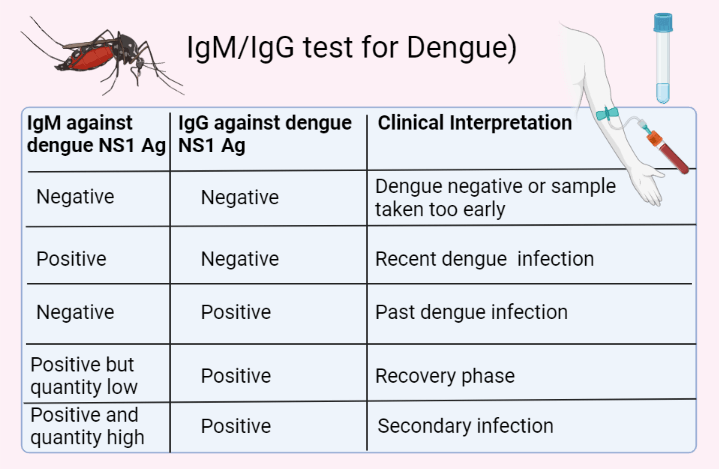
Dengue treatment food at home
To know the dengue treatment food protocol, click here
Takeaway
Dengue fever is a common viral illness, and it happens to anyone. Most people recover within a week.
You don’t need to take any specific medicine to treat dengue infection. You can take medication for symptomatic relief like
- For fever- paracetamol
- For itching – cetirizine
- For vomiting – an antiemetic drug
If you think your signs of dengue are going towards severity. Do not try to treat dengue infection in severe conditions.
It is a medical emergency. You need to immediately require hospitalisation.
So, you always need to monitor your symptoms.
If you found this post informative, please share it on social media.

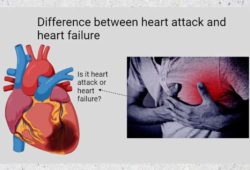

Yogesh kumar
Very nice
SUMIT SHARMA
Thanks a lot
Shivam
You are absolutely right, Dengue is increasing a lot these day.
To Know More about Dengue fever and Need For Vaccine. click here
https://shivams612.blogspot.com/2023/09/blog-post.html
Joe Goldberg
Dengue is a serious mosquito-borne illness that can have a significant impact on those affected. Recognizing the symptoms is crucial for early diagnosis and appropriate treatment. Some common symptoms of dengue include high fever, severe headache, joint and muscle pain, and a rash that often resembles measles. If you or someone you know is experiencing these symptoms, it’s important to seek medical attention promptly. Early diagnosis and medical care can help prevent complications and ensure a faster recovery. Stay informed about dengue, protect yourself from mosquito bites, and stay vigilant for these symptoms, especially during dengue-prone seasons
dangue symptoms